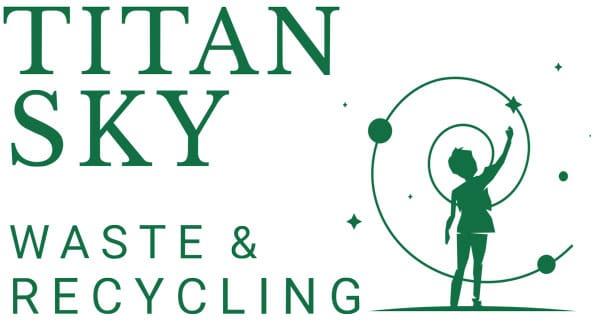
Lessons from Windermere and Cambridgeshire’s Chalk Rivers
The issue of hazardous waste disposal is critical for maintaining the health of our natural water bodies. Recent pollution crises in Windermere and Cambridgeshire’s rare chalk rivers underscore the need for comprehensive and effective hazardous waste disposal methods. These incidents highlight the impact of poor waste management and the urgent need for multi-faceted approaches to protect these valuable ecosystems.

Poor Hazardous Waste Disposal in Windermere
Poor Waste Management Disposal – The Windermere Pollution Crisis
Windermere, England’s largest lake, has been significantly affected by pollution and poor waste management disposal from various sources, including untreated sewage, agricultural runoff, and urban discharge. Despite efforts to reduce pollutants, incidents of significant sewage discharges highlight ongoing challenges. For instance, a fault at a pumping station led to the discharge of millions of litres of untreated sewage into Windermere, exacerbating water quality issues and harming aquatic life. (BBC News) (The Independent)
The Environment Agency (EA) has faced criticism for its response to pollution incidents. Delayed notifications hinder timely investigations and effective enforcement, raising concerns about the efficacy of current regulatory oversight. (BBC News) Moreover, while the EA emphasises the role of multiple pollution sources, the significant impact of sewage discharges cannot be overlooked. These discharges contribute heavily to nutrient pollution, leading to harmful algal blooms and degraded water quality (The Independent)
